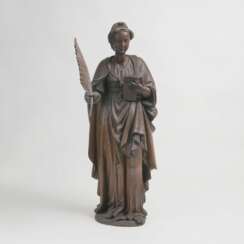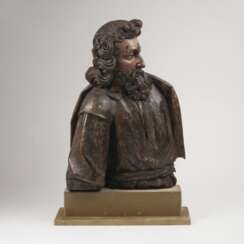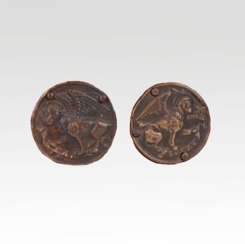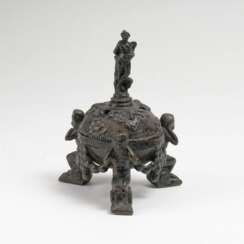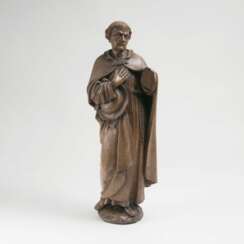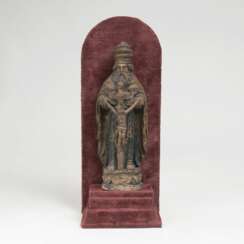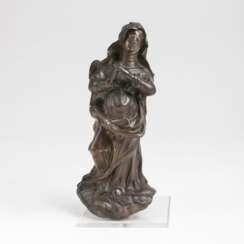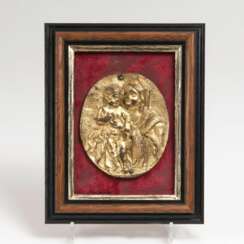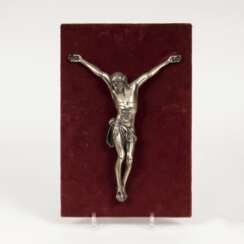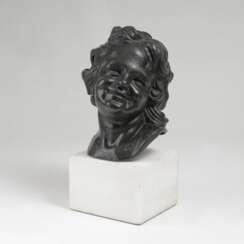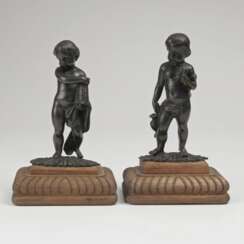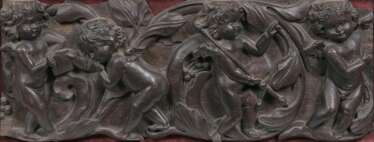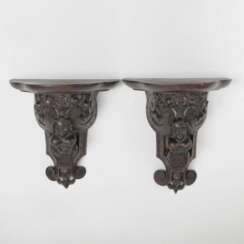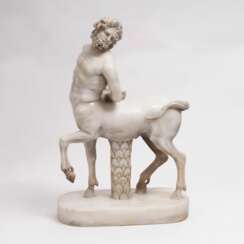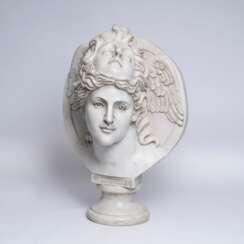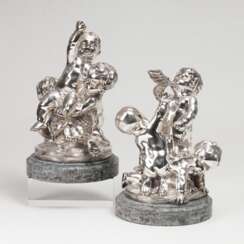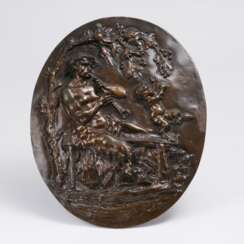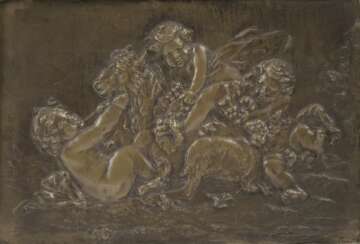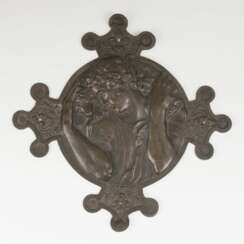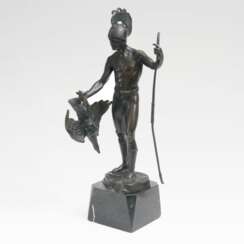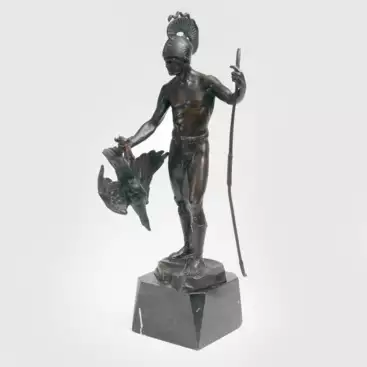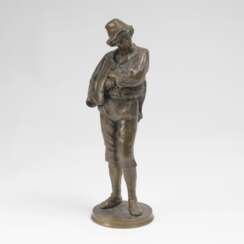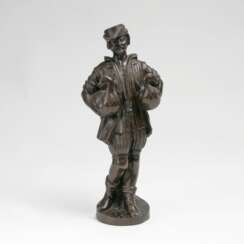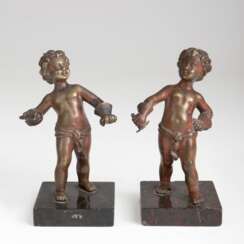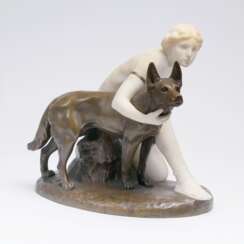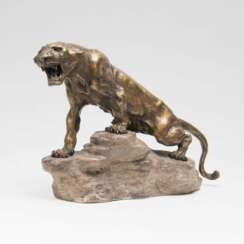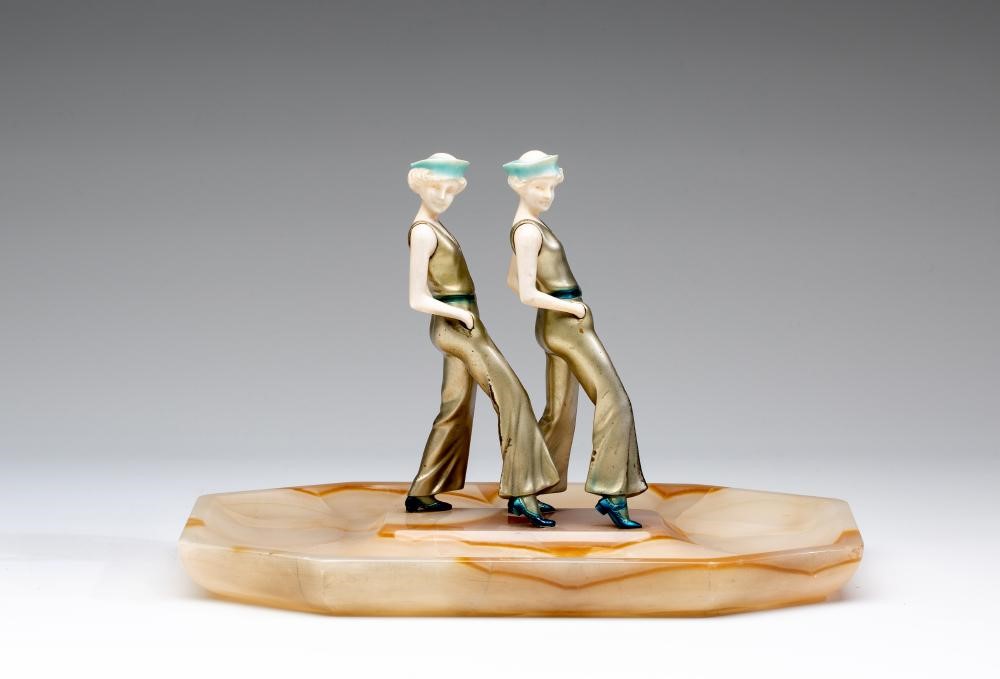
Sculptures and Bronzes — Decorative Art

Jean-Antoine Houdon was a French sculptor of the late 18th and early 19th centuries. He is known as a master of portrait sculptures. While gravitating toward naturalism and classicism, Houdon remained a faithful follower of an elegant style intended for the rich salons and royal palaces. Houdon's work is considered the crowning glory of the Rococo style. His biography is closely intertwined with the end of the Enlightenment, the Napoleonic Wars, and the French Revolution.
Jean-Antoine Houdon was famous for his subtle understanding of the dynamics of the human body. In each work, he tried to convey not only the individual traits but also the character of the character. His desire for naturalism, authenticity, allowed the author to create works that to this day are considered the benchmark for teaching plastic anatomy.
Among Houdon's most famous sculptures are Bust of Catherine II and Voltaire Seated in an Armchair. The statue of the French thinker was commissioned by the Russian Empress Catherine II, with whom he was personally acquainted.
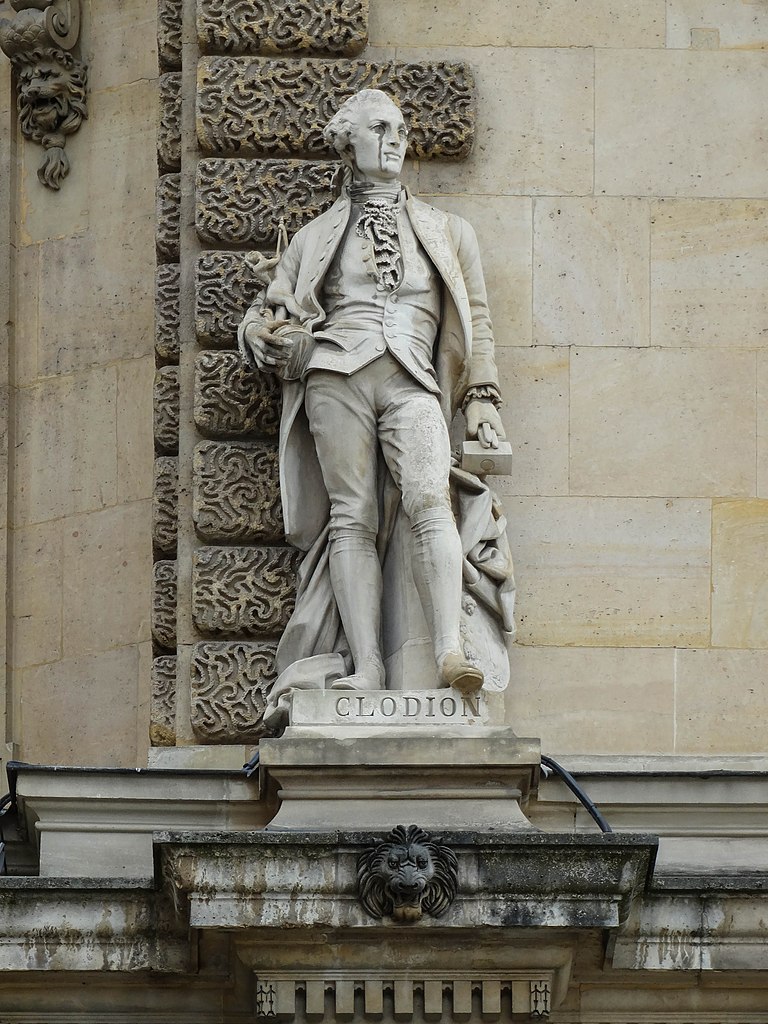


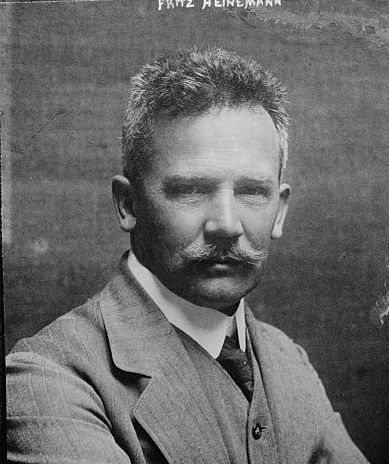
Fritz Heinemann was a German sculptor. Heinemann belonged to those artists who set themselves apart from the prevailing New Baroque of the time by Reinhold Begas and his students with a tectonic formal language in the sense of Adolf von Hildebrand. Some figures are close to the works of Auguste Rodin. His work covers almost the entire sculptural spectrum: monuments, gravestones, genre figures, busts and small bronzes.
